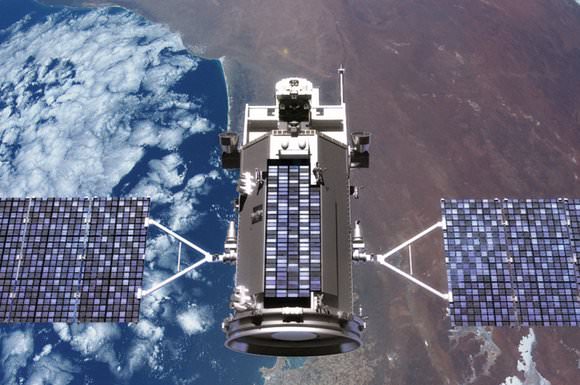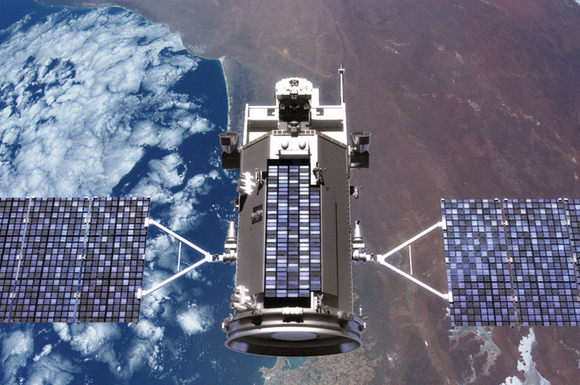NASA has released the findings from a panel that investigated the 2011 crash of the Glory spacecraft after it failed to reach orbit on board an Orbital Sciences Taurus XL rocket, falling into the Pacific Ocean. Early on, the problem was traced to the fairing – the clamshell nosecone that encapsulates the satellite as it travels through the atmosphere — which did not separate from the rocket, weighing the satellite down, preventing its flight toward orbit.
However, the mishap investigation board was not able to identify the definitive cause for the fairing system failure. The rocket and satellite weren’t recovered, so there was no physical evidence to examine. In short, the board confirmed the Taurus launch vehicle’s fairing system failed to open fully and caused the mishap. And the board’s report does recommend ways to prevent future problems associated with the joint system that makes up the fairing.
But the board’s complete report is not available for public release because it contains information restricted by U.S. International Traffic in Arms Regulations (ITAR) and information proprietary to the companies involved.
A similar technical glitch occurred during the 2009 launch of the Orbiting Carbon Observatory (OCO). A replacement, OCO-2 is scheduled to launch in 2014. NASA had originally planned to fly OCO-2 on a Taurus rocket, but changed its plans after the loss of Glory. OCO-2 will now launch on a United Launch Alliance Delta-II. But NASA and Orbital are continuing to investigate the fairing system.
Glory was going to be a three-year mission designed to improve our understanding of Earth’s climate by collecting data on the properties of natural and human-caused aerosols in Earth’s atmosphere and how they might affect climate change, as well as determining the Sun’s affect on climate by measuring the total solar energy entering Earth’s atmosphere.
You can read the summary here. (pdf file).


